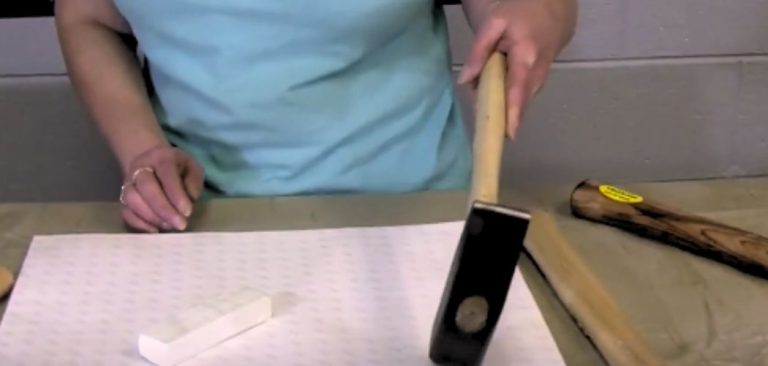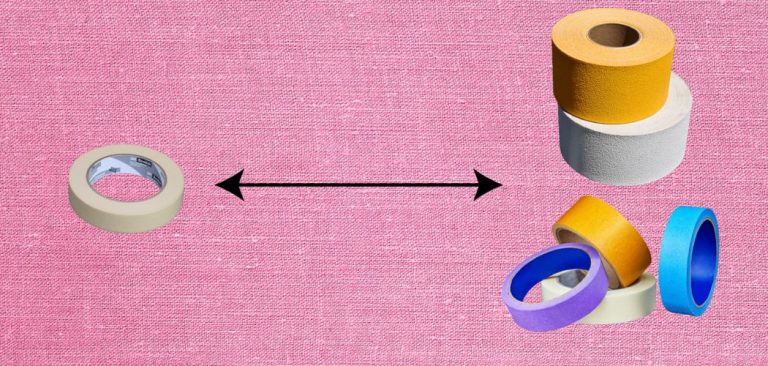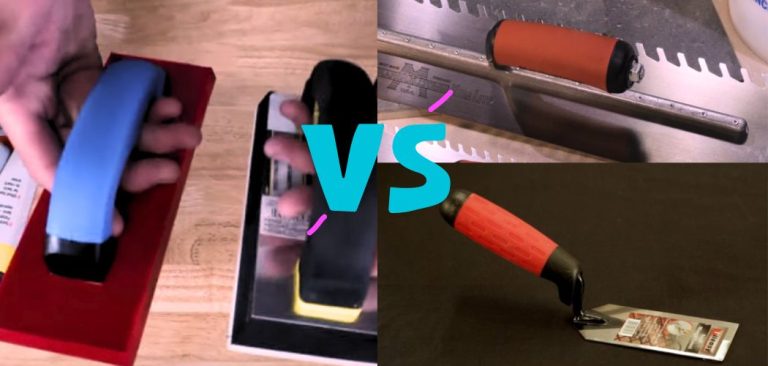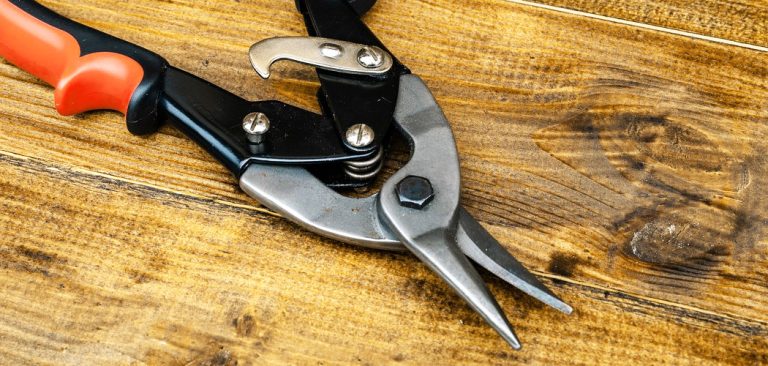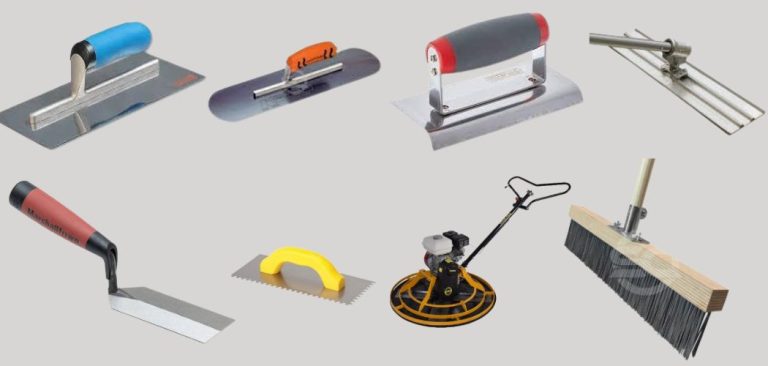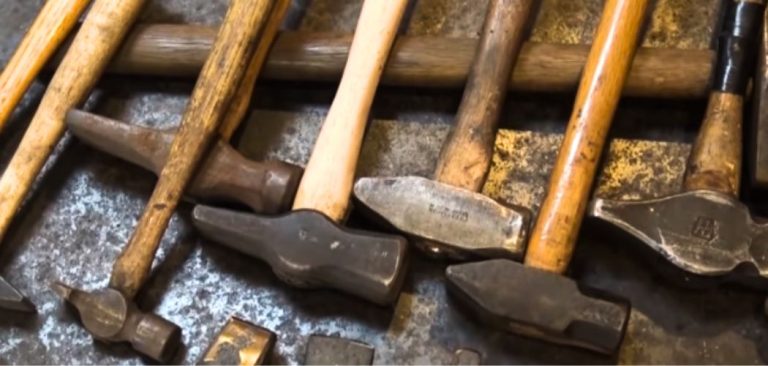Magnesium Float Vs Steel Trowel
“If you’re a bricklayer or aspiring to master the craft of bricklaying, two indispensable tools that play a pivotal role in achieving a flawless concrete finish are the magnesium float and steel trowel. However, a common misconception prevails as many tend to use these tools interchangeably.
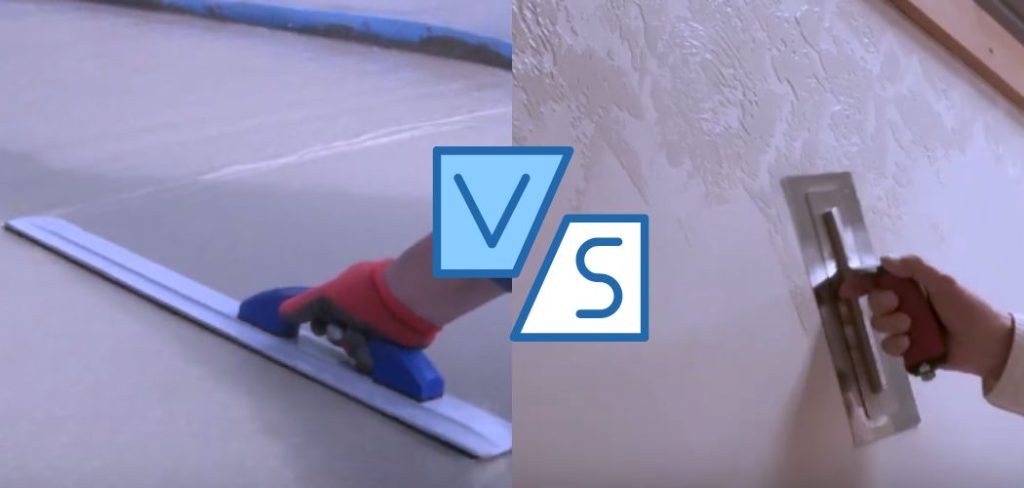
In this article, we’ll delve into the crucial distinctions between the magnesium float and steel trowel. Rest assured, your time invested in understanding these differences will prove invaluable to your proficiency in concrete finishing. So, let’s dive right in!”
Magnesium Float ?
A magnesium float is a tool used in concrete finishing to smooth and level freshly poured concrete surfaces. Made of lightweight magnesium alloy, it has a flat surface and rounded edges. While it creates a smooth finish, it can trap bleed water if used too early.
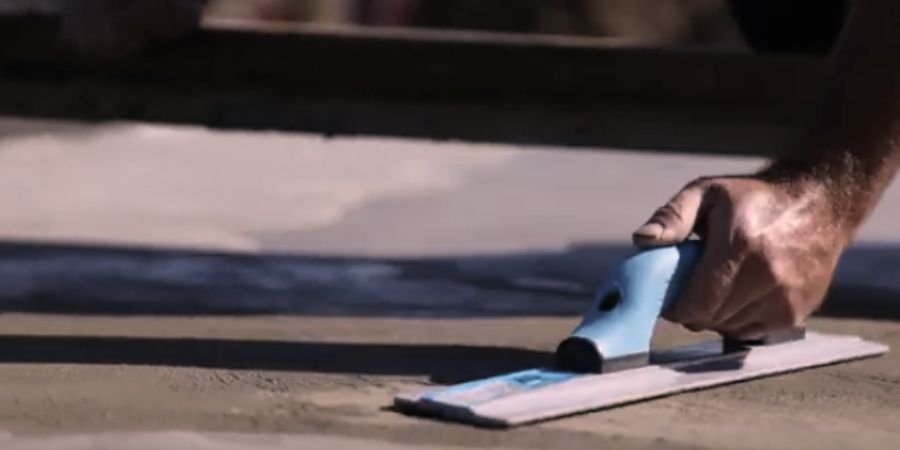
To avoid this, initial passes with a wood float or fresno trowel are recommended to allow excess water to evaporate. Once the concrete has stiffened, the magnesium float is used for the final smoothing and finishing, resulting in a professional-looking surface.
Steel Trowel ?
A steel trowel is a tool used in concrete finishing to achieve a smooth, dense, and hard surface on newly placed and floated concrete. It consists of a steel blade or blades, either handheld or motor operated. A high-quality steel trowel helps eliminate discoloration and enhances the overall appearance of commercial buildings.
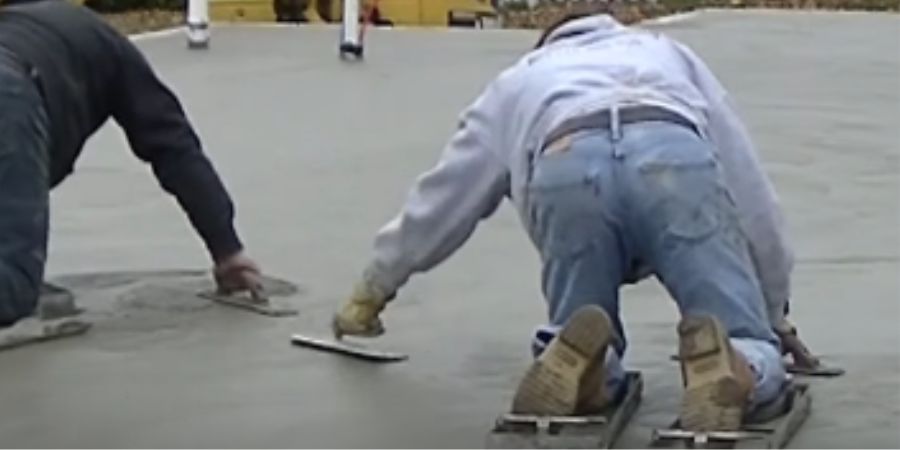
During the troweling process, it effectively pushes down coarser sand and grout, resulting in a refined finish. Typically used on interior slab and floor applications, the twice-over troweling process ensures a high-quality, wear-resistant surface.
Magnesium Float Vs Steel Trowel, What is the Actual Difference?
My friend, when it comes to the difference between a magnesium float and a steel trowel, there are a few key factors to consider. Let’s dive in!
Primary Uses
A magnesium float is primarily used during the initial stages of concrete finishing. It is employed to level and smooth the surface of freshly poured concrete, removing imperfections and excess water. The smooth surface created by a magnesium float helps to enhance the concrete’s appearance and promotes a better bond for subsequent layers.
On the other hand, A steel trowel is typically utilized during the later stages of concrete finishing. It is employed to achieve a smoother and more polished surface, particularly for decorative concrete projects. The steel trowel is effective in closing the concrete’s surface pores, creating a denser and more durable finish.
Types
- Standard Magnesium Floats: These are the most common and versatile magnesium floats, suitable for general concrete finishing work.
- Grooved Magnesium Floats: Some magnesium floats have grooves or serrations on their surface. These grooves help to distribute concrete and remove excess water more efficiently.
- Round-Ended Steel Trowels: These trowels have a rounded end and are commonly used for finishing small areas and corners.
- Square-Ended Steel Trowels: Trowels with a square end are versatile and can be used for various finishing tasks.
Composition
A magnesium float is typically constructed using a lightweight and durable magnesium alloy, which is corrosion-resistant. The float’s surface is generally smooth and flat, allowing for effective finishing of freshly poured concrete.
A steel trowel is predominantly made of hardened steel, which provides durability and strength. The blade of the trowel can vary in thickness and flexibility, depending on the intended use.
Finishing Techniques
When using a magnesium float, a technique called “floating” is employed. This involves moving the float across the concrete surface in a sweeping motion to level the concrete and create a smooth texture. Floating is typically done before the concrete has fully set.
The steel trowel is used in a technique called “troweling” or “smoothing.” This technique involves applying pressure to the surface with the trowel in order to further level and polish the concrete. Troweling is typically done after the concrete has partially hardened.
Surface Texture
The use of a magnesium float leaves a relatively rougher texture on the concrete surface, which is ideal for providing a better grip, especially in outdoor areas where slip resistance is crucial.
A steel trowel creates a smoother and more refined surface texture, which is often desired for interior applications or decorative concrete work.
In summary, the main distinction between a magnesium float and a steel trowel lies in their composition, purpose, finishing techniques, and resulting surface texture. While a magnesium float is primarily used for initial leveling and smoothing, a steel trowel is employed for achieving a more polished finish.
Can You Use a Magnesium Float Instead of a Steel Trowel ?
A magnesium float can be used as an alternative to a steel trowel. While it doesn’t offer the same level of refinement, it can still create a reasonably smooth surface.
The magnesium float’s rougher texture adds a unique character, making it suitable for outdoor areas where slip resistance is important. However, for achieving a polished finish, a steel trowel remains the preferred tool.
Faqs
What Type of Steel Trowel is Best for Concrete Finish?
If you are using freshly poured concrete for initial floating and leveling, use a round-ended trowel. Follow up later with a square-ended trowel for extra smoothness and finish. The round end of the first trowel helps level the surface, while the square end refines the finish. This sequential application ensures a well-smooth and flat concrete surface.
What is the Speciality of Round Corners Magnesium Floats?
The rounded corners of these floats allow for smoother transitions between passes. When working on edges or corners, the rounded profile helps prevent digging into the concrete surface, reducing the risk of creating unwanted lines or marks.
How Does the Magnesium Alloy Contribute to the Longevity of the Float?
Unlike steel or plastic, the magnesium alloy used in floats is inherently resistant to wear. This resistance is crucial for sustained performance, making magnesium floats a reliable choice for concrete finishing tasks that may otherwise cause significant wear on less durable materials.
conclusion
Thank you for exploring the nuances of magnesium floats and steel trowels in this article. Your insights and opinions matter, so please share them in the comments.
If you found this information helpful, kindly share it with your friends. Your support encourages me to deliver even better content. Wishing you success in your concrete endeavors. Until next time, farewell!
Read also:

